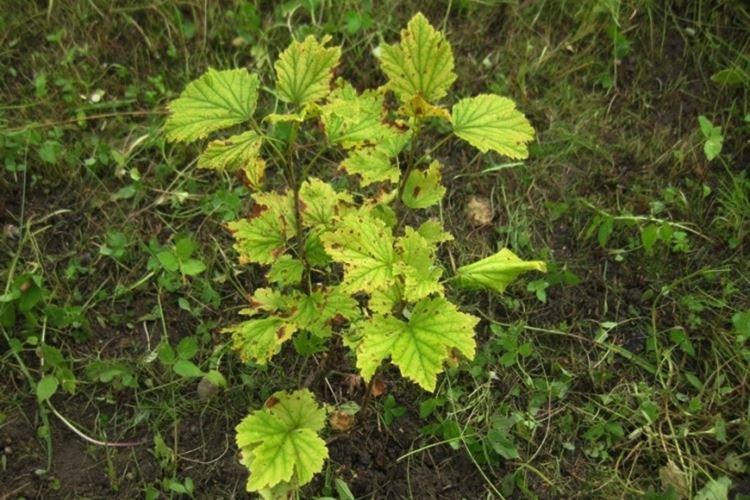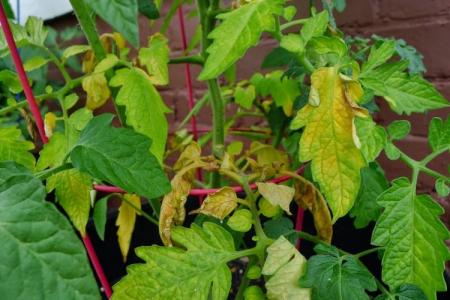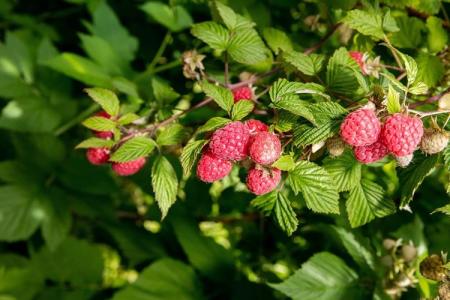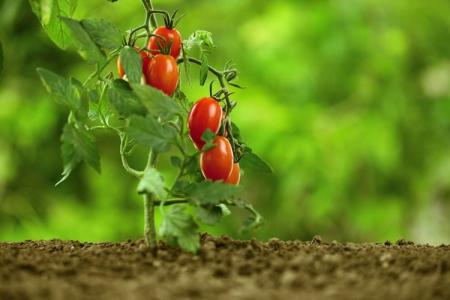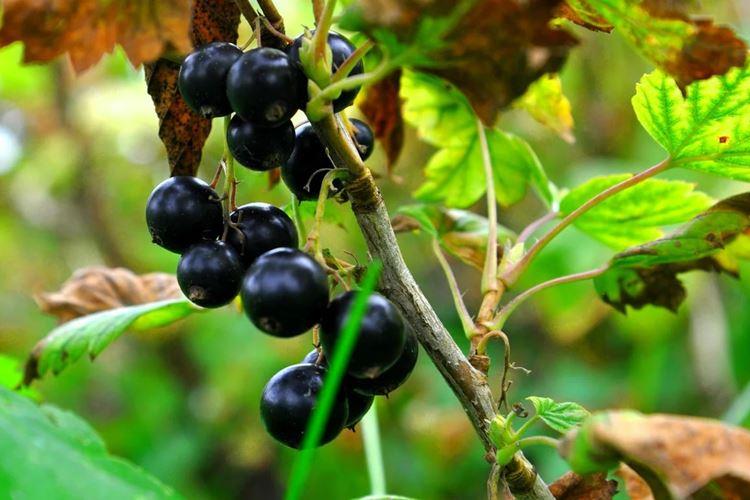
Currant bushes are quite unpretentious and not too susceptible to diseases. But even such a picky berry has problems. And here it is important to determine the source in a timely manner and eliminate the root cause, so as not to lose the crop or even the entire planting. We will tell you why currant leaves turn yellow and what to do if they dry!
Main reasons
The simplest and most common reason is improper care. Lack or excess of moisture, sun and fertilizer instantly affects the condition of plants. We must not forget about the fungus, infections, other diseases and pests.
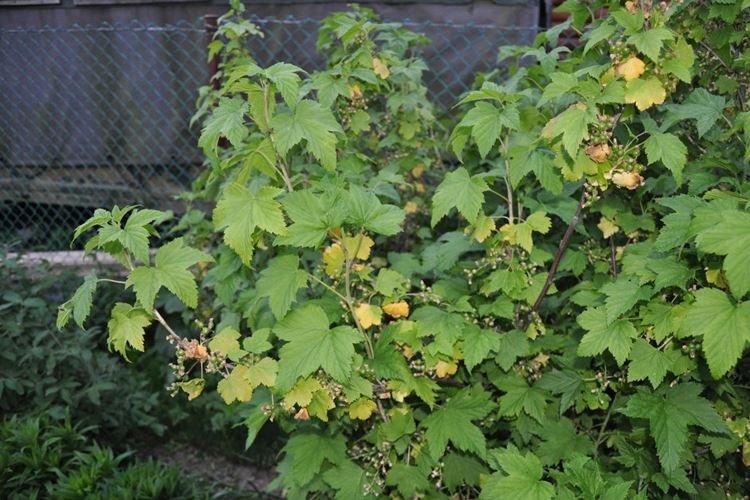
Currant leaves turn yellow evenly
If the problem manifests itself throughout the currant bush more or less evenly, most often the reason is improper care. It is easy to adjust and compensate for this.
- If the watering is excessively abundant, the yellowness gradually darkens and the leaves soften. This means that the decay process has already begun. When the problem affects many leaves at once - check the root collar to rule out root rot;
- When the plates themselves turn yellow first, and the veins remain bright green, then the currants may lack nitrogen. But it is important not to overdo it, otherwise the bush will begin to build up green mass to the detriment of fruiting;
- Veins start to turn yellow synchronously with boron deficiency. If you run the situation, the leaves will dry out and simply crumble around the edges.
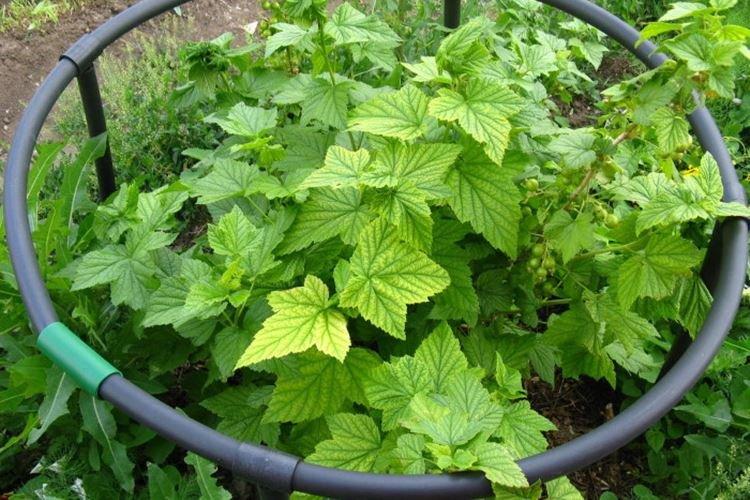
Currant leaves turn yellow with spots
If yellowness manifests itself chaotically, this is a symptom of fungi, spots and infectious diseases.
- Small yellow spots that rapidly turn brown or black are a sure symptom of anthracnose. Over time, the fungus spreads over the entire leaf plate. The color changes due to the destruction of chlorophyll in the cells;
- If the stains take on a pronounced reddish tint, this is a sign of rust. Gradually, as if orange swellings appear on the seamy side of the plate;
- Numerous rounded spots, of which there are more and more - a symptom of spotting. Gradually, each spot darkens, and its middle turns white. Depending on the weather, it can dry out and crack;
- Irregular spots cover the entire plate and are woven into one fancy mosaic pattern. It is an incurable virus that is important to diagnose and eliminate in time.
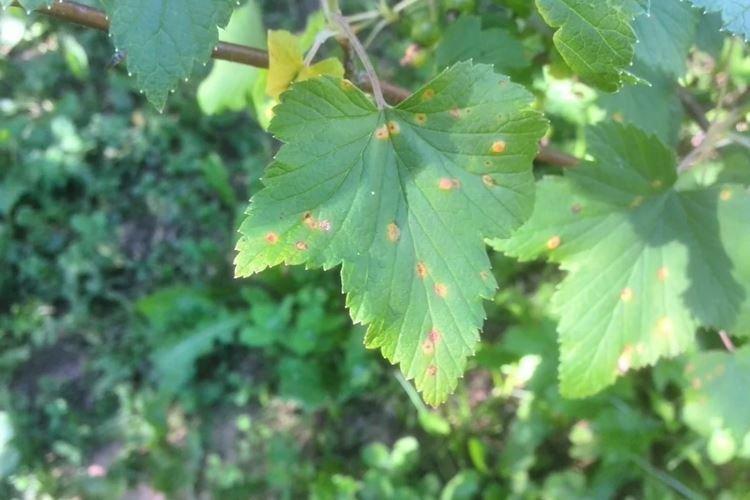
Currant leaves turn yellow and deformed
Sometimes the leaves change not only color, but also shape, become covered with bumps, stretch or curl.
- If the leaf turns yellow at the edges, and over time begins to curl down, the currant lacks potassium. At the same time, it will not dry out and will not fall off completely, and after feeding it will safely recover;
- When the edges of the leaves curl and the plates begin to fly around - feed the currants with phosphorus. With its deficiency, the spots gradually acquire a purple tint;
- If the leaves turn yellow and stretch, acquire a strange shape and seem to curl - this is a terry virus. Its secondary symptoms are a change in the color and structure of inflorescences, crushing of fruits;
- When the yellow spots turn brown and are covered with swollen tubercles, it can be galls or gall aphids. It is difficult to see it because it is tiny and almost transparent. But she mercilessly drinks all the juices from the plant.

Currant leaves dry
Very often, yellow leaves inevitably begin to dry over time. But even here there are nuances that can point to the root cause of the problem.
- If the plant has too little moisture, the leaves gradually turn yellow and dry;
- On too hot days, currants can dry out due to an excess of the scorching sun. In this case, you should think about a small shelter;
- When the edges of the yellow plate dry out, the currants probably lack iron.But if it becomes too much, the leaves fade and become lethargic, but do not dry;
- Dark spots on the leaves brighten in the center, and then dry out when affected by septoria. In advanced cases, it causes premature leaf fall;
- Some dry plaques on the leaves indicate a lack of manganese. Most often they are grayish in color and do not spread to the shoots.
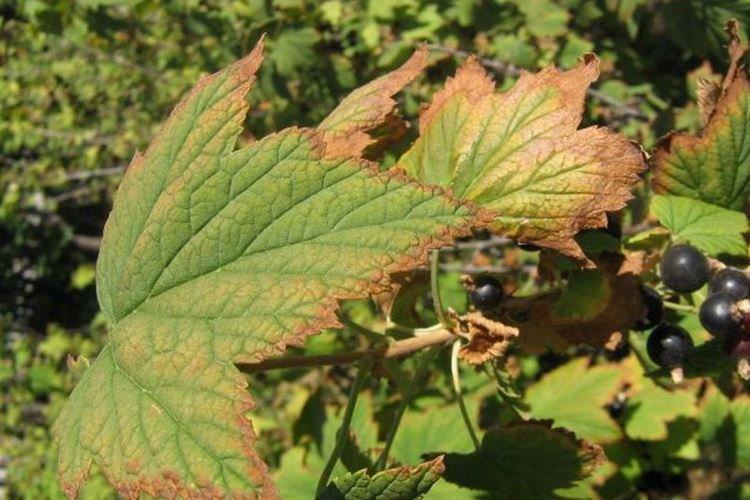
Leaves turn yellow and bloom
Plaque on the leaves is most often a fungus, or rather, myceliums and spores with which it multiplies.
- If yellow spots appear on the leaves of currants, as if covered with a white bloom, this is powdery mildew. It spreads on dry, hot days;
- If, after the appearance of a plaque, the leaf begins to darken and dry - most likely, this is a spheroteca. It destroys fruits and is more characteristic of black currants;
- A plaque in the form of a cobweb with light small spots is a characteristic symptom of a spider mite. They are especially active on hot dry days.

Currant leaves grow yellow
If young shoots and leaves immediately lose color, the problem needs to be urgently addressed. Otherwise, the bush will be too weakened by the fruiting period.
- Conduct top dressing with complex fertilizers, because most often in this case the currants lack nutrients;
- Check soil moisture with a wooden stick - perhaps you need to increase watering frequency;
- Make sure that no bud mites nest in the buds, which will eventually move to the shoots. Because of their colonies, young branches grow painful and retard;
- The leaves grow small and yellowish, if the glass is hidden in the shoots. Its caterpillars eat up entire passages in the branches, which is why currants can simply throw off the entire crop.

Leaves of seedlings turn yellow
The most offensive thing is when very young currant seedlings, lovingly planted on the site, begin to turn yellow. In addition to the standard list of problems, there are several new reasons here.
- If the leaves of the seedlings began to turn yellow immediately after planting, this may be a reaction to stress, and then the plant will soon recover by itself;
- The second common reason is unexpected spring frosts, due to which the survival rate of seedlings drops dramatically. Take care of insulation in advance or plant currants under cover in the fall.
